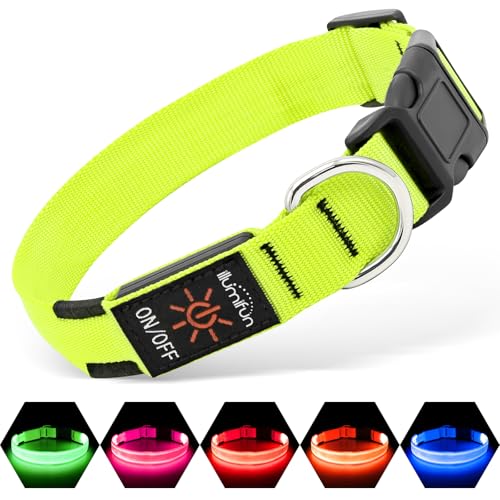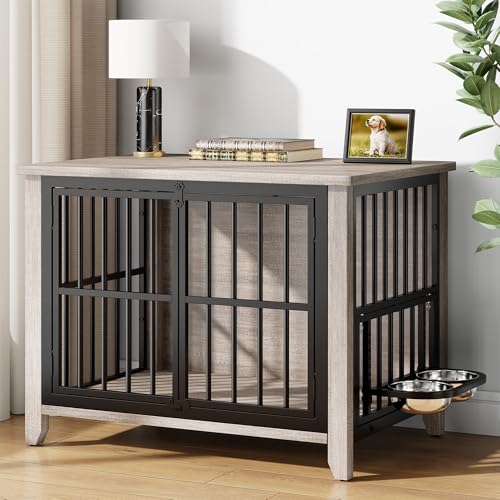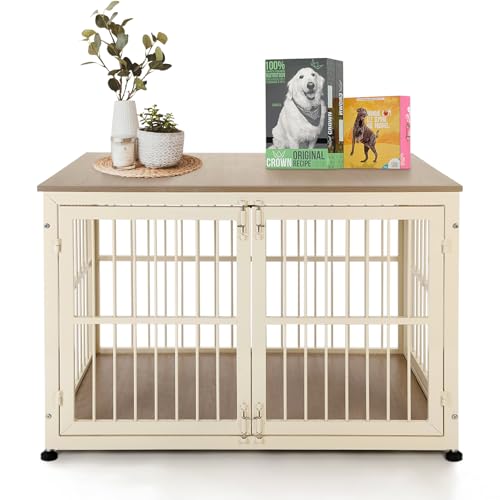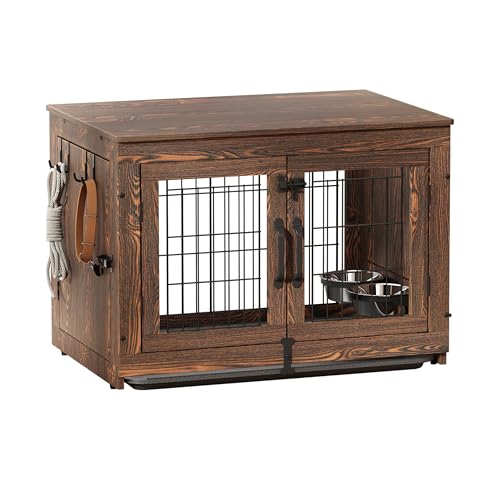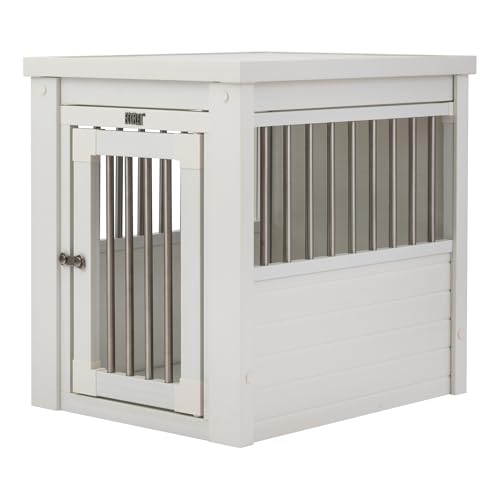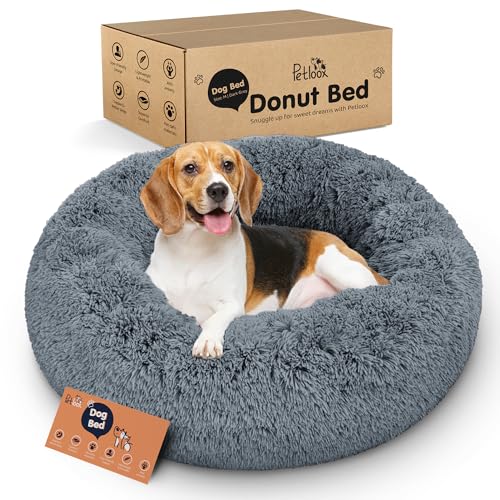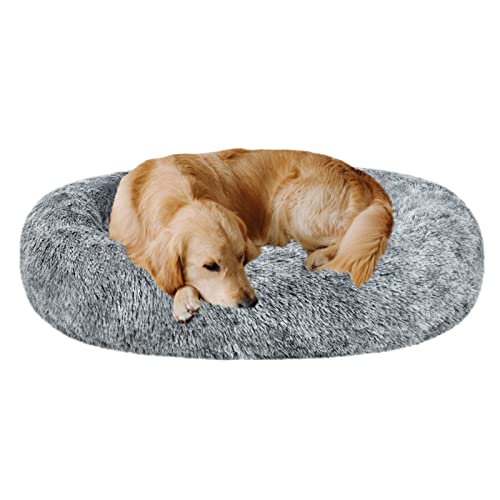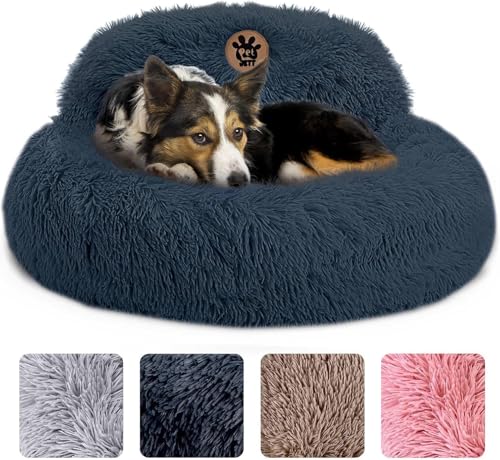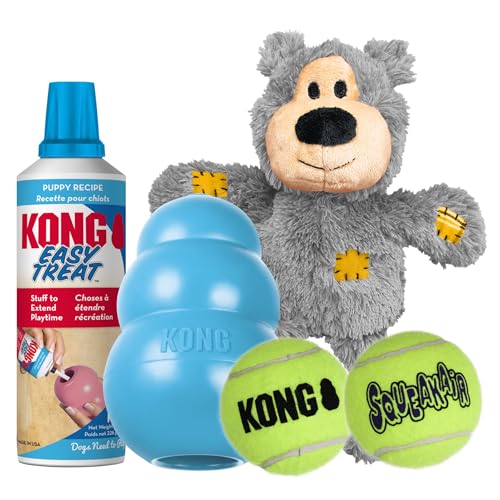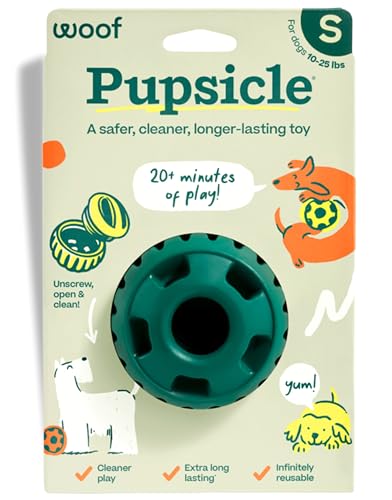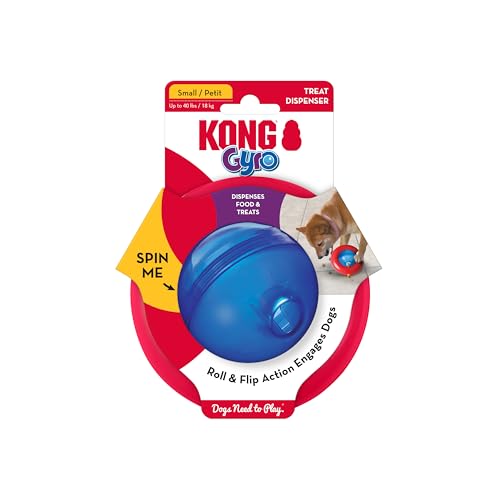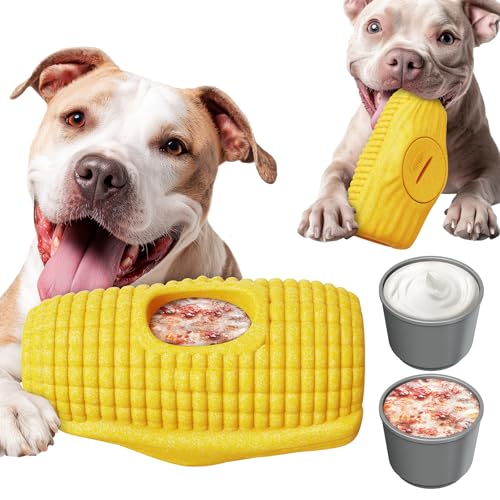
Not every pet is naturally brave — and that’s okay. Just like people, animals have their own personalities, fears, and comfort zones. Some face the world with wagging tails and curious noses, while others need a little extra help to feel safe and confident.
Here at PawsitiveZen, we understand that fear and anxiety can affect even the most loving pets. That’s why we offer gentle guidance, practical tips, and heart-centered advice to help you and your furry friend overcome challenges together. Through patience, trust, and compassion, even the most timid animals can learn to relax, feel secure, and grow braver day by day.
Because courage doesn’t always mean being fearless — sometimes, it simply means taking one small, hopeful step forward with a helping paw by your side. 💛
October Feature: Keeping your Scaredy Pup Fright-Free on Halloween
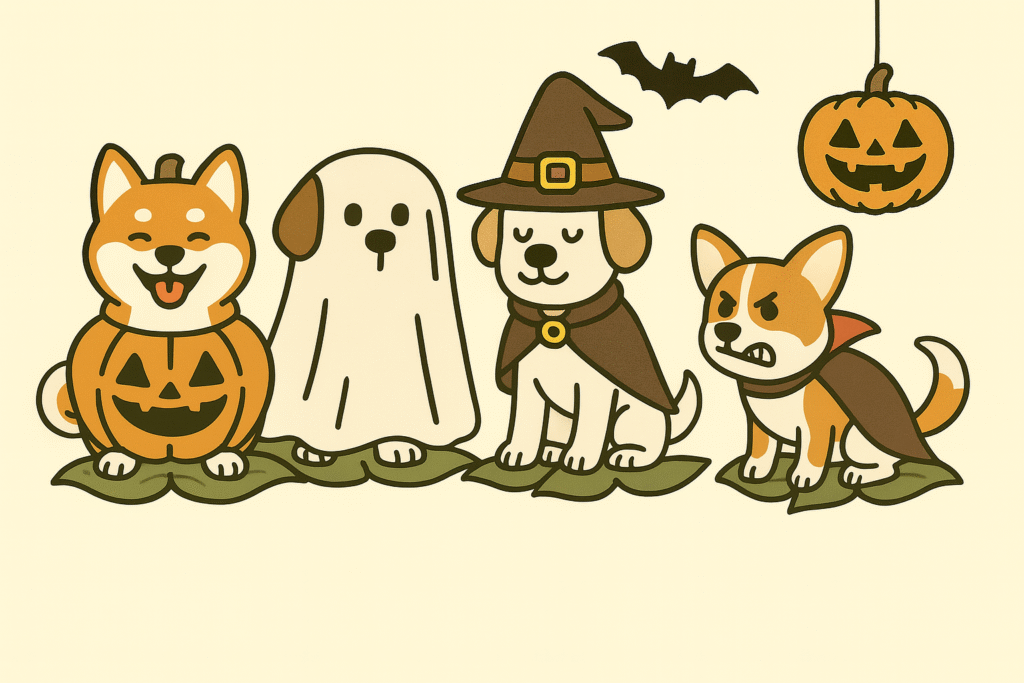
Halloween With Dogs: Fun, Safe, and Pawsitively Zen
Halloween can be a blast—glowing pumpkins, giggly kids, rustling costumes—but for many dogs it’s a sensory storm: doorbells, costumes that change how people look and smell, squeaky props, weird yard décor, and candy bowls at nose height. Here’s your guide to enjoying October 31 with wagging tails and calm hearts.
Know Your Dog’s “Spooky Scale”
Every dog is different. Some love greeting trick-or-treaters; others want to hide under the bed until November. Watch for early stress signals:
Yawning, lip-licking, whale eye, tucked tail
Pacing, trembling, panting when it’s not hot
Startle responses: growling, hiding, barking at the door or decorations.
If you see these signs, your dog isn’t being “naughty”—they’re communicating. Plan Halloween around their comfort, not the other way around.
A Week Before: Set the Stage
1) Dress rehearsal for the door.
Practice low-key “trick-or-treat” sessions. Knock lightly, ring the bell once, walk in with a hat or cape, drop a treat, and leave. Keep it boring and short. Work up to louder knocks and different costumes, always pairing with high-value snacks.
2) Costume check.
If your dog will wear a costume, make sure it:
Leaves eyes, ears, mouth, and joints free
Doesn’t drag or jingle constantly
Fits without pinching, twisting, or covering whiskers
Let them sniff it first. Then do “on for 3 seconds → treat → off.” Gradually build up time. If your dog freezes or scratches at it, skip it and opt for a festive bandana or collar charm.
3) Sound desensitization.
Play a playlist of doorbells, laughter, and crowd noise at very low volume while feeding meals or doing a puzzle toy. Raise volume only if your dog stays relaxed.
4) Safety refresh.
Check microchip registration and ID tags. Test gates, leashes, and harnesses. Stock calming tools you already know help: mat training, lick mats, a snug garment, pheromone diffuser, or your vet-approved meds if prescribed.
Day-Of Game Plan
Create Zones:
Greeter Zone (for social butterflies): leash station by the door, non-slip mat, treat pouch, water bowl.
Zen Den (for nervous dogs): quiet room away from the door with white noise or calm music, covered crate or bed, chewables and food puzzles, and a “do not disturb” sign for guests.
Pick Your Role: You can’t be both full-time host and full-time dog advocate. Decide ahead of time:
One adult manages the door; the other manages the dog.
Or skip door duty and put out a candy table at the end of the driveway with a sign: “Self-serve—dog decompressing.”
Leash Is Love: Even indoors, clip a lightweight leash for quick guidance when opening and closing doors.
Lighting & Walk Timing: Do your longest walk before dusk. After dark, use reflective gear and a lighted collar. Avoid houses with intense décor or motion-activated props.
Treat (Not Trick) Enrichment Ideas
Pumpkin Patch Scatter: On a snuffle mat, scatter kibble with a few pumpkin dog treats (plain, cooked pumpkin—no pie spices).
Monster Mash Box: Cardboard box filled with paper balls; hide treats inside.
Lick-o’-Lantern: Smear a lick mat with pumpkin + a spoon of plain yogurt or peanut butter (xylitol-free).
Calm-Quest: Short “find it” sessions in the Zen Den during peak doorbell hours.
These channel natural sniffing and chewing behaviors—nature’s “off switch” for stress.
IMPORTANT!!! Candy & Décor Hazards (Quick Safety List)
Chocolate & xylitol: Keep all candy out of reach; many sugar-free products are dangerous.
Raisins/grapes: Even small amounts can be toxic.
Candy wrappers & sticks: Choking and GI obstruction risks.
Glow sticks & batteries: Bitter liquids and corrosives—store high.
Candles & jack-o’-lanterns: Tails and costumes catch fire—use LEDs.
Fake cobwebs & tinsel: Entanglement and GI hazards—skip or place high.
Electrical cords & inflatables: Chew and panic risks—block access.
If ingestion happens, contact your vet or a pet poison hotline immediately with the product details and estimated amount.
Greeting Protocols That Keep Things Friendly
Mat Magic: Teach “go to bed” with a cozy mat near—but not at—the door. Treat on the mat while visitors come and go.
Consent Counts: No petting unless the dog voluntarily approaches with loose body language. Guests can toss treats gently to the side so the dog can choose closeness or distance.
Say This: “He’s in training tonight—please ignore him,” is a perfectly polite script.
For Rescue & Extra-Sensitive Dogs
Newly adopted and fearful pups often find Halloween overwhelming. Consider:
A staycation night: Skip door duty, lights off, movie on.
Calm drive to a quiet area during peak hours if car rides soothe your dog.
White-noise cocoon: Bathroom fan + soft music + stuffed Kong.
Progress isn’t linear. Your dog may do great one year and struggle the next; that’s okay.
Photo Ops Without the Fear
Choose daylight, quiet spaces, and short sessions.
Reward often; if ears pin back or the dog turns away, take a break.
Bandanas, themed collars, or a single prop (pumpkin, leaf pile) keep things cute and comfortable.
Aftercare: November 1 Reset
The day after, do an “easy wins” day—simple training, decompression walk, extra sniffing time. If your dog struggled, jot notes on what triggered them and what helped, so you’re ready for next year.
Halloween should be sweet for everyone—especially our four-legged friends. With a little prep, you can turn the scariest night of the year into a confidence-building, tail-wagging win. If you need a personalized plan for your nervous or rescue pup, I’m here to help—PawsitiveZen style.
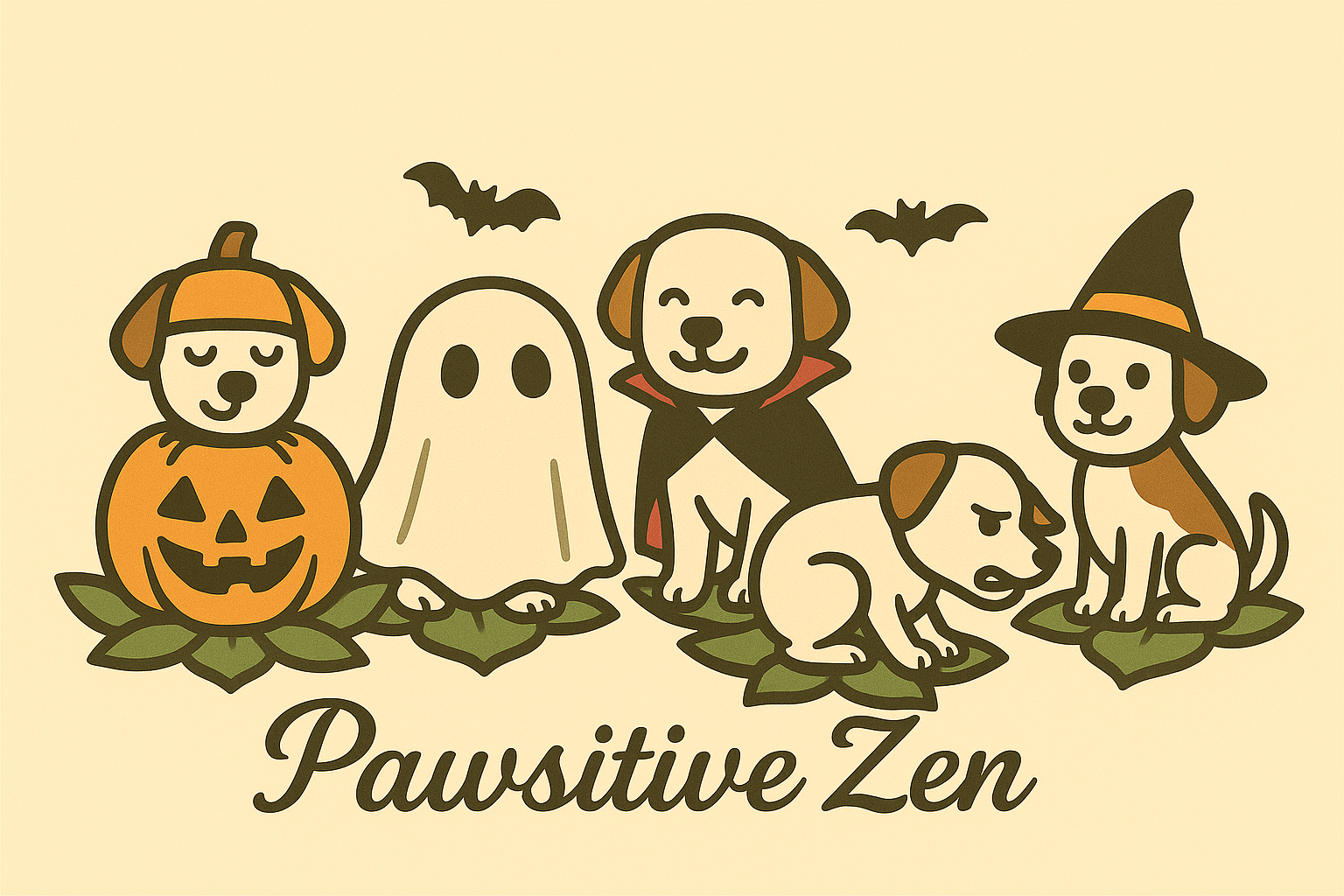
Recent Blog Posts
Ideas and tips for making your Nervous Nellies and Shaky Sherlocks into Bold Bellas and Daring Dexters
Firework Phobias
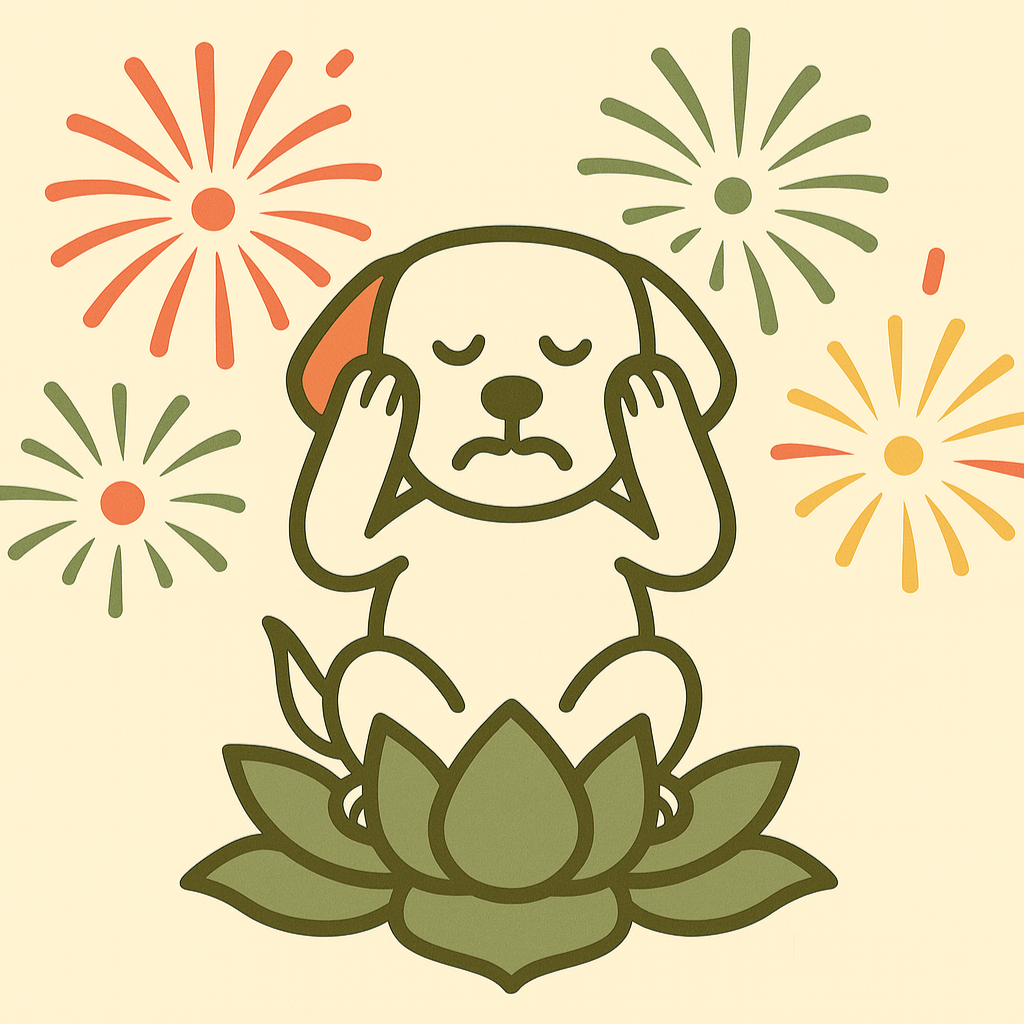
Are 4th July and New Year’s Eve your worst Nightmare?
🎆 How to Take Care of Your Pet on Fireworks Night
Fireworks night doesn’t have to be traumatizing for your pet. With preparation, patience, and love, you can help them stay calm, safe, and comforted until the last spark fades away. Fireworks night might light up the sky for us — but for our pets, it can feel like the world is falling apart. Those sudden bangs, flashes, and vibrations can be terrifying, especially for animals who don’t understand what’s happening. I’ve seen even the bravest dogs and cats turn into trembling little souls on nights like these. The good news? With a bit of preparation and a lot of love, you can help your pet feel safe and comforted when the noise begins.
🏡 Create Their Cozy Hideaway
Before the fireworks start, set up a quiet, comfy spot where your pet can retreat. Think of it as their little “den.” Close the curtains, dim the lights, and fill it with familiar scents — their favorite blanket, a soft bed, maybe even one of your t-shirts. The goal is to create a space that feels warm, secure, and far away from all the commotion outside.
🎶 Turn Down the World
Drown out the scary sounds with something soothing. Soft music, gentle TV noise, or even a white noise machine can help cover up the bangs and crackles. It might not block everything, but it helps keep the world sounding a little more normal.
Confession: On 4th July in New York I used to blast rock music and dance around like a lunatic to distract my Golden, and it worked like a charm, he thought the whole thing was a huge game…and that i was barking mad!! He didn’t even notice the fireworks that he used to be so afraid of.
🚪 MOST IMPORTANTLY…Keep Them Indoors and Safe
Even calm pets can panic and run when they’re scared. Keep windows and doors closed, and double-check that your garden gate or fence is secure. If your pet needs a bathroom break, take them out early or keep them on a leash — just to be safe.
💛 Stay Calm for Them
Pets can read us better than we realize. If you stay calm, they’ll start to feel a little calmer too. Sit with them, talk softly, and let them come to you for comfort when they’re ready. Some pets want cuddles, others prefer space — just be there for them in whatever way they need.
- 【 Enhanced Comfort and Support 】 The giant dog bed is made of high-density egg box foam, offering an unparalleled comfor…
- 【Cozy and Reassuring】The cover is made from premium faux fur and long-haired pile—soft, warm, breathable, and built to l…
- 【Spacious Enough for You and Your Dog】More than just a pet bed! Measuring 74.8” x 43.3” x 11.81”, it supports dogs weigh…
🌿 Try Calming Helpers
There are some wonderful pet-safe products that can help reduce fear and instill a sense of security, such as theser snug anxiety wraps:
Calming chews and sprays can also work wonders and there are many holistic, natural options:
🐾 Keep Their ID Updated
If your pet does get frightened and run off, up-to-date ID tags and a registered microchip can make all the difference in getting them home quickly. Even an Air-tag to help locate them more easily. Perhaps even a glow-in-the-dark collar in case of a Houdini act. These are things that are easy to overlook until it’s too late — so cover all the bases before fireworks season begins.
🕯 Plan Ahead & Be Present
Know when the fireworks are happening so you can be home to support your furry friend. Feed and walk them earlier in the evening, and settle in together before the noise starts. Sometimes, your calm presence is the best comfort they could ever ask for.
Fireworks night can be scary for our pets, but with patience, care, and a gentle touch, we can help them through it. Every pet is different — some are brave, some need a little help — and that’s perfectly okay. Love, reassurance, and safety go a long way toward making those bright, noisy nights a little less frightening. 💕🐾
Separation Anxiety
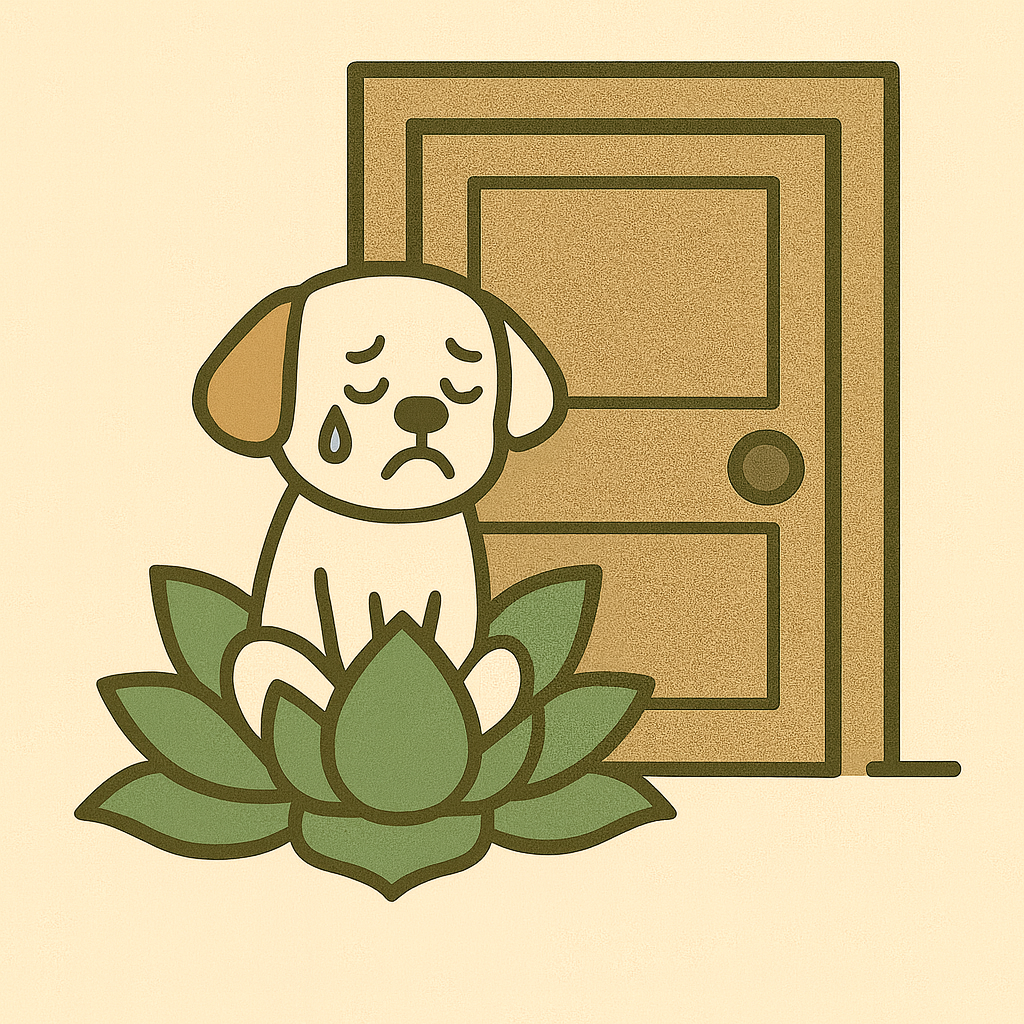
🐾 Helping Your Dog Through Separation Anxiety
Every dog has their own beautiful personality — some are bold and independent, while others need a little extra reassurance that you’ll always come back. Separation anxiety is one of the most common challenges pet parents face, and it can be heartbreaking to know your best friend is stressed when you’re away. But with patience, love, and understanding, you can help them feel calm, safe, and secure even when you’re not home.
💔 What Is Separation Anxiety?
Separation anxiety is more than just missing you — it’s genuine distress that comes from fear of being left alone. Dogs with separation anxiety might:
- Bark or whine when you leave
- Scratch at doors or chew furniture
- Pace, drool, or tremble
- Have accidents inside even if they’re house-trained
These aren’t “bad” behaviors — they’re cries for comfort. Your dog is simply trying to tell you, “I’m scared and I need you.”
🐕 Why It Happens
Dogs are loyal by nature — they thrive on companionship. Anxiety can start after:
- A change in routine (like going back to work after being home often)
- Moving to a new home
- A big change in the household (like a loss or new family member)
- Traumatic past experiences or time spent in shelters
Some dogs just bond extra deeply and need more help learning that alone time is okay.
🦴 How to Help Your Dog Feel Calm
1. Start Slow
Practice short absences first — just stepping outside for a few minutes. Gradually increase the time you’re gone so your dog learns that you always come back.
2. Create a Comfort Zone
Design a cozy space where your dog feels secure — a comfy bed, soft blanket, or crate with familiar scents. You can even leave an item of your clothing for them to snuggle up with like a sweathsirt or smelly sock. There are now brands of dog beds that cater specially to the timid pet and they are designed to comfort your fur baby like a big cozy hug. I’ve listed some below for quick access. Also, contrary to popular thinking, doogs often see their crate as a place of safety and security and if crate training has been done right they will love their little house. There are even pretty ones now that blend in to your room nicely like a piece of furniture!!
3. Add Calming Sounds
Soft music, white noise, or dog-specific relaxation playlists can make your home feel less empty while you’re gone. Even leaving the TV on with their favorite Animal Channel or cartoon show can help. this machine has been developed specially to keep your furry friends company while you’re away…
- 20 SOUNDS HELP YOUR PET SLEEP BETTER AND REDUCES ANXIETY. 20 built-in, made for pet sounds create a soothing and familia…
- DOCTOR DEVELOPED SOUNDS. Sound tracks are doctor composed and chosen with pets in mind leading to greater effectiveness.
- USE AT HOME OR WHILE TRAVELING. Keep plugged in with included USB charging cable or use cord-free with built-in recharge…
4. Exercise Before You Leave
A good walk or play session helps release pent-up energy and tension, making it easier for your dog to relax.
5. Keep Goodbyes and Hellos Low-Key
As tempting as it is to make a big fuss, staying calm helps teach your dog that coming and going is a normal part of the day. Keep the cuddles to a minimum; I know it’s hard but it’s easier on them.
6. Offer Distractions
Interactive toys, treat puzzles, or frozen Kongs can turn alone time into fun time.
- Pet Camera with Treat Tossing: Combination of the dog camera and treat dispenser (0.5L capacity, Recommend 7-15mm food s…
- Unlock the Time Album with Cloud Subscription: AI automatically create a 60-second video of your pet’s best moments from…
- 2K Ultra HD Camera & Night Vision:With 2K Full HD crystal clear pet camera indoor, you could see your furry puppy or cat…
7. Reach Out for Help if Needed
If anxiety feels overwhelming, your vet or a certified trainer can offer customized advice and support.
💗 A Little Love Goes a Long Way
Helping your pup overcome separation anxiety takes time and tenderness — but it’s one of the most rewarding journeys you’ll share. Each small victory, each calm goodbye, brings them closer to feeling safe in their own space.
Because love, after all, isn’t just about being together — it’s about helping them feel secure even when you’re apart.
With love & gentle paws,
Nikki B 🐾


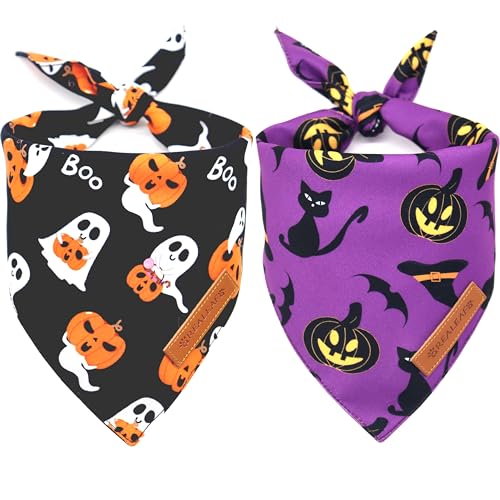

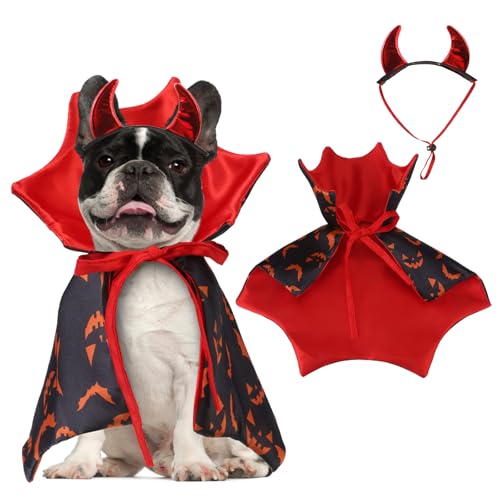

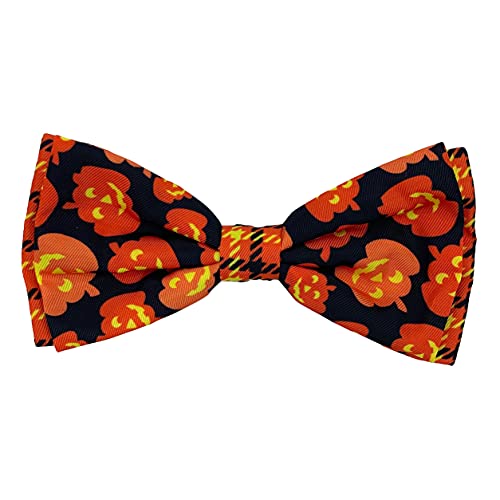
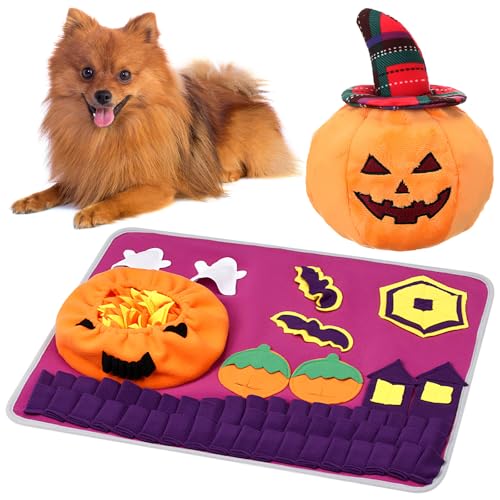
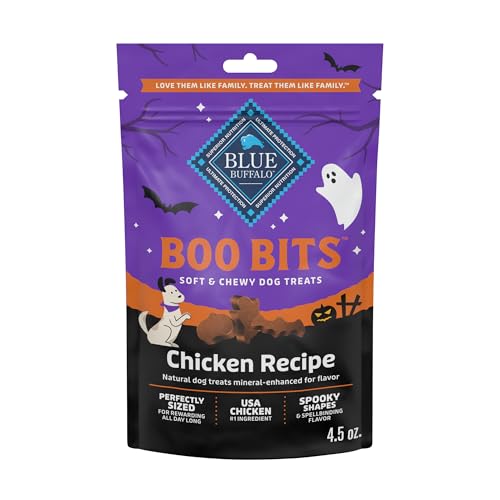
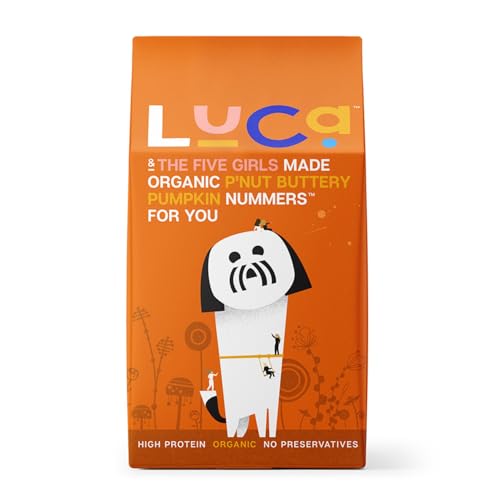

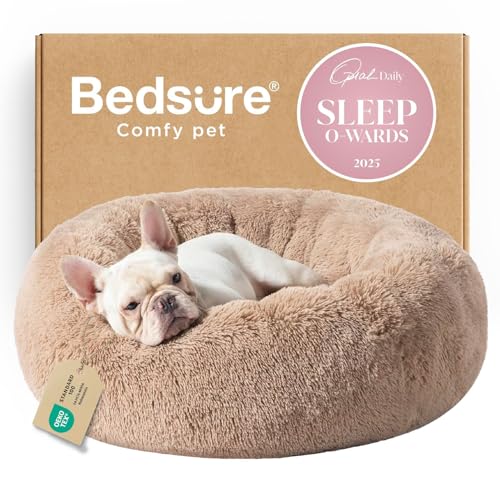
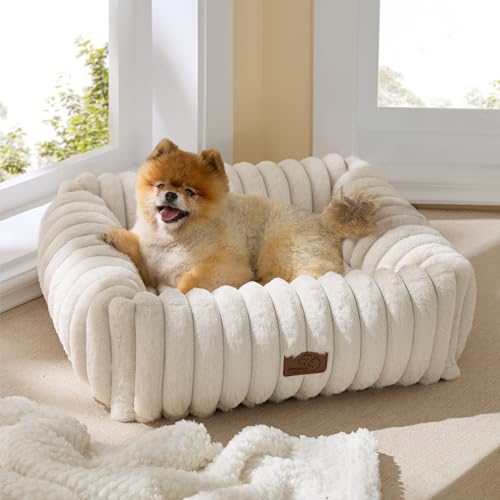










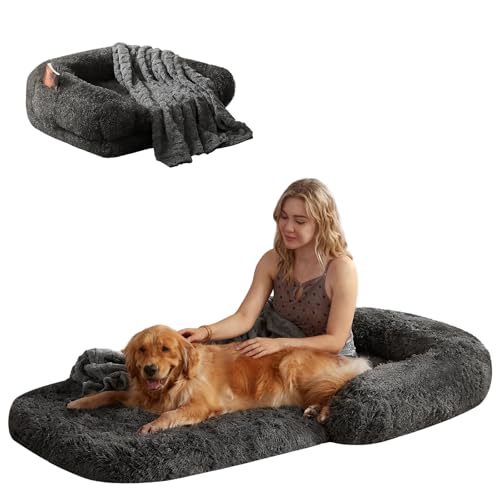

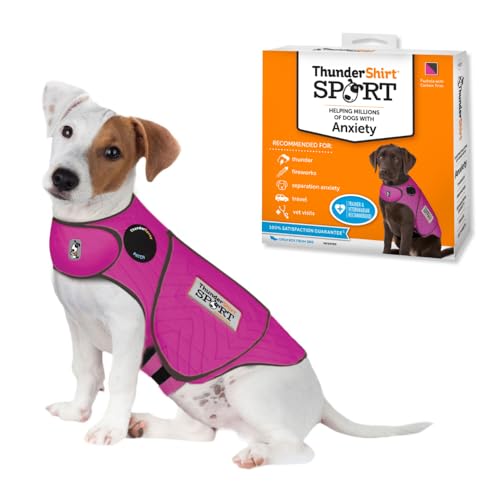
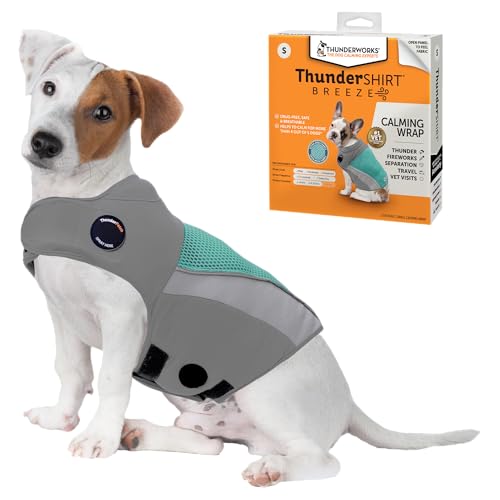
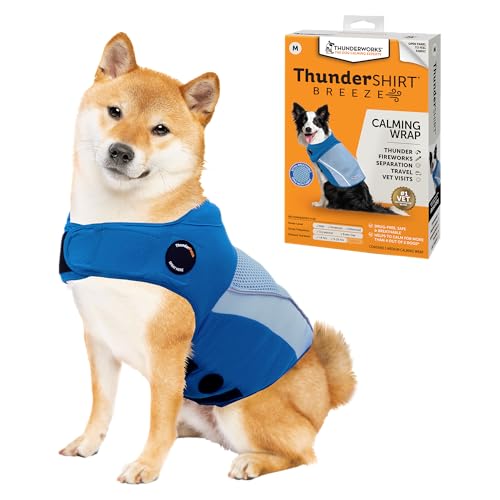

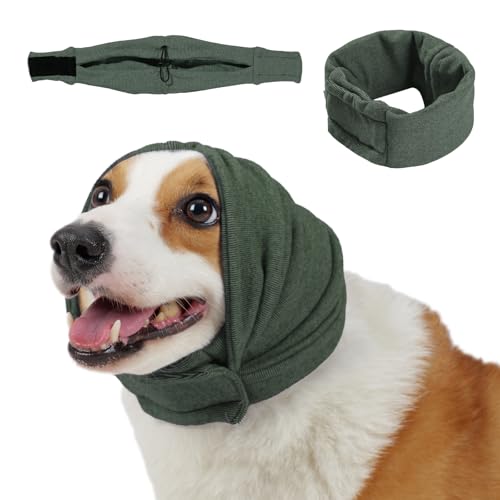




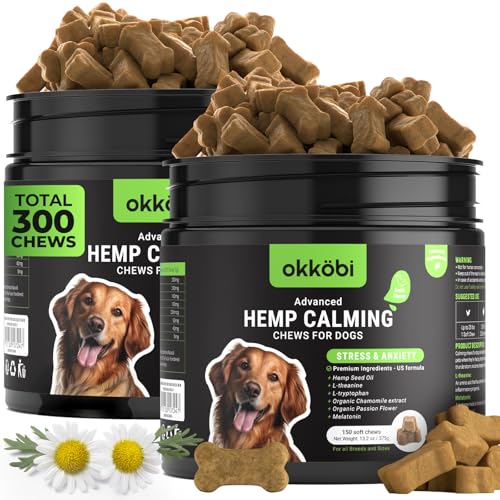
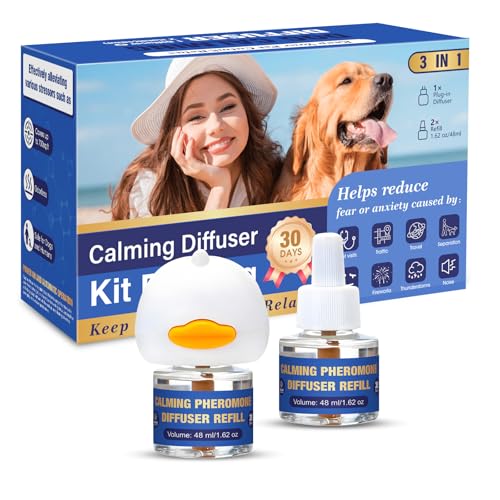
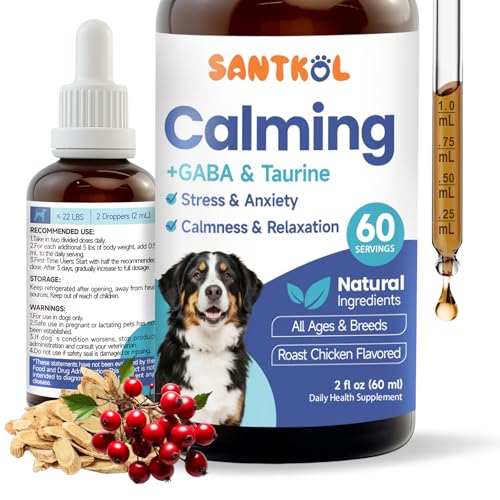


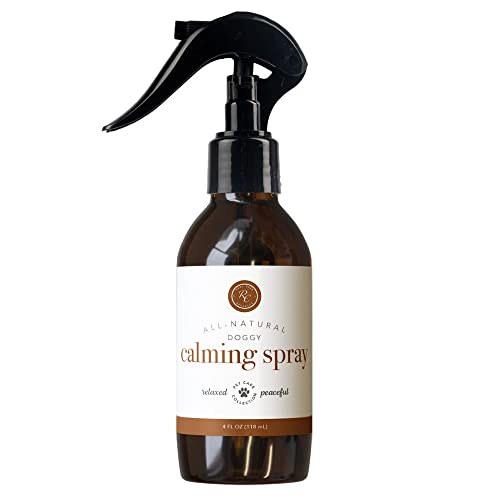
![2025 New [Apple MFi Certified] (iOS Only) Air Tracker Tags-4 Pack...](https://m.media-amazon.com/images/I/41JTFyYVyOL.jpg)

![2 Pack Tracker Tags [Apple MFi Certified] Pair with Apple Find My...](https://m.media-amazon.com/images/I/31m+7yjousL.jpg)
